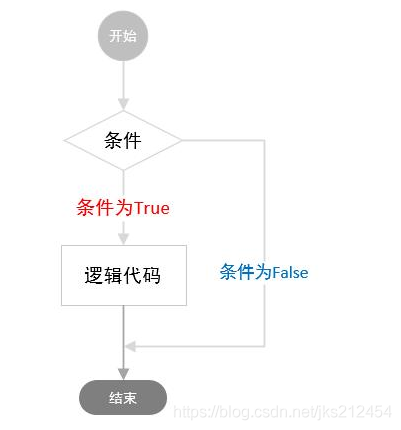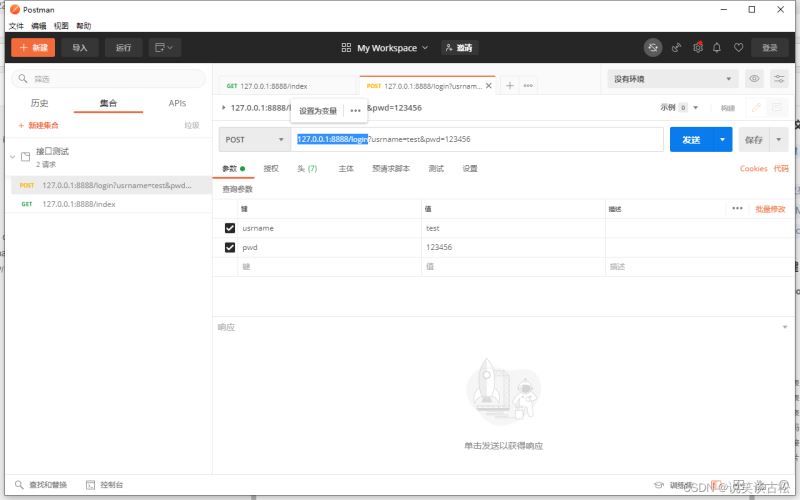本文实例讲述了Python中subprocess模块用法。分享给大家供大家参考。具体如下:
执行命令:
>>> subprocess.call(["ls", "-l"])
0
>>> subprocess.call("exit 1", shell=True)
1
测试调用系统中cmd命令,显示命令执行的结果:
x=subprocess.check_output(["echo", "Hello World!"],shell=True) print(x) "Hello World!"
测试在python中显示文件内容:
y=subprocess.check_output(["type", "app2.cpp"],shell=True) print(y) #include <iostream> using namespace std; ......
查看ipconfig -all命令的输出,并将将输出保存到文件tmp.log中:
handle = open(r'd:\tmp.log','wt') subprocess.Popen(['ipconfig','-all'], stdout=handle)
查看网络设置ipconfig -all,保存到变量中:
output = subprocess.Popen(['ipconfig','-all'], stdout=subprocess.PIPE,shell=True)
oc=output.communicate()#取出output中的字符串
#communicate() returns a tuple (stdoutdata, stderrdata).
print(oc[0]) #打印网络信息
Windows IP Configuration
Host Name . . . . .
我们可以在Popen()建立子进程的时候改变标准输入、标准输出和标准错误,并可以利用subprocess.PIPE将多个子进程的输入和输出连接在一起,构成管道(pipe):
child1 = subprocess.Popen(["dir","/w"], stdout=subprocess.PIPE,shell=True)
child2 = subprocess.Popen(["wc"], stdin=child1.stdout,stdout=subprocess.PIPE,shell=True)
out = child2.communicate()
print(out)
(' 9 24 298\n', None)
如果想频繁地和子线程通信,那么不能使用communicate();因为communicate通信一次之后即关闭了管道.这时可以试试下面的方法:
p= subprocess.Popen(["wc"], stdin=subprocess.PIPE,stdout=subprocess.PIPE,shell=True)
p.stdin.write('your command')
p.stdin.flush()
#......do something
try:
#......do something
p.stdout.readline()
#......do something
except:
print('IOError')
#......do something more
p.stdin.write('your other command')
p.stdin.flush()
#......do something more
希望本文所述对大家的Python程序设计有所帮助。
到此这篇关于Python中subprocess模块用法实例详解就介绍到这了。少年人不会抱怨自己如花似锦的青春,美丽的年华对他们说来是珍贵的,哪怕它带着各式各样的风暴。更多相关Python中subprocess模块用法实例详解内容请查看相关栏目,小编编辑不易,再次感谢大家的支持!





